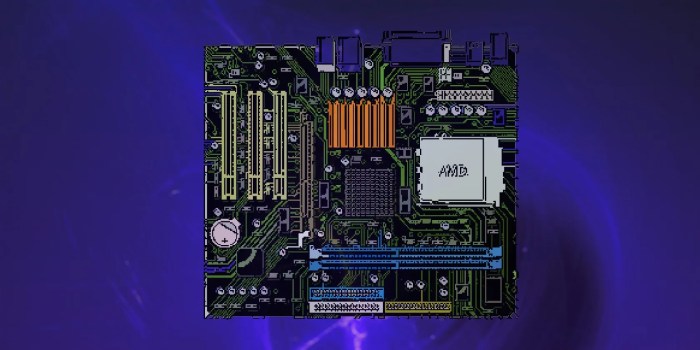Lab 2-2 using motherboard connectors – Embark on a journey into the intricate world of motherboard connectors with lab 2-2. This comprehensive guide delves into the types, purposes, and installation techniques of these vital components, empowering you with the knowledge to build and maintain robust computer systems.
Delve into the intricacies of motherboard connectors, unraveling their significance and the seamless integration they provide for various system components.
1. Motherboard Connectors: Lab 2-2 Using Motherboard Connectors
Motherboard connectors are essential for connecting various components to the motherboard, enabling them to communicate and function together. These connectors come in different types, each serving a specific purpose.
Some common types of motherboard connectors include:
- CPU Socket: Connects the central processing unit (CPU) to the motherboard.
- Memory Slots: Connect random access memory (RAM) modules to the motherboard.
- Expansion Slots: Allow the installation of additional hardware components, such as graphics cards and sound cards.
- Storage Connectors: Connect storage devices, such as hard drives and solid-state drives, to the motherboard.
- Power Connectors: Provide power to the motherboard and its components.
2. Installing Components

Installing components into the motherboard requires careful attention to ensure proper functionality and prevent damage.
To install a component:
- Identify the correct connector on the motherboard for the component.
- Align the component with the connector, ensuring that the orientation is correct.
- Carefully insert the component into the connector, applying even pressure until it clicks or locks into place.
- Secure the component with any necessary screws or latches.
Warnings and Precautions:
- Do not force components into connectors.
- Ensure that components are correctly oriented before inserting them.
- Use an anti-static wrist strap to prevent electrostatic discharge (ESD) damage.
3. Troubleshooting Connection Issues

Common connection issues when installing components include:
- No Power: Ensure that the power connectors are properly connected and the power supply is turned on.
- No Display: Check the graphics card connection and ensure that the monitor is connected and powered on.
- No Storage Detected: Verify that the storage device is properly connected and the BIOS settings are correct.
- Component Not Recognized: Ensure that the component is compatible with the motherboard and that the necessary drivers are installed.
Troubleshooting Table:
| Issue | Possible Causes | Recommended Actions |
|---|---|---|
| No Power | Loose power connectors, faulty power supply | Reconnect power connectors, replace power supply |
| No Display | Loose graphics card connection, faulty monitor | Reseat graphics card, check monitor connections |
| No Storage Detected | Loose storage device connection, BIOS settings | Reconnect storage device, check BIOS settings |
| Component Not Recognized | Incompatible component, missing drivers | Verify compatibility, install necessary drivers |
4. Advanced Connector Features

Motherboard connectors have advanced features that enhance system performance and functionality.
- M.2 Slots: Provide high-speed storage connectivity for NVMe solid-state drives.
- Thunderbolt Ports: Enable high-speed data transfer and daisy-chaining of devices.
- PCIe Gen 4 Slots: Offer increased bandwidth for graphics cards and other high-performance components.
- USB Type-C Ports: Support fast data transfer, charging, and display output.
- 2.5GbE and 10GbE Ethernet Ports: Provide high-speed network connectivity for data-intensive applications.
These advanced features allow for improved system performance, faster data transfer rates, and expanded connectivity options.
FAQ Overview
What are the different types of motherboard connectors?
Motherboard connectors come in various types, including CPU sockets, memory slots, expansion slots, and power connectors.
How do I install components into the motherboard?
To install components, align the component with the appropriate connector and gently press down until it clicks into place.
What are some common connection issues?
Common connection issues include loose connections, incorrect orientation, and damaged pins.